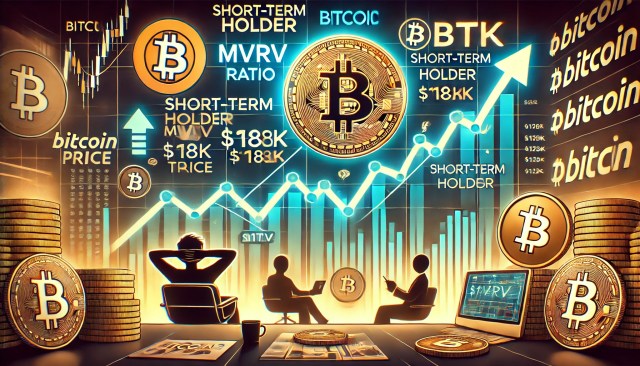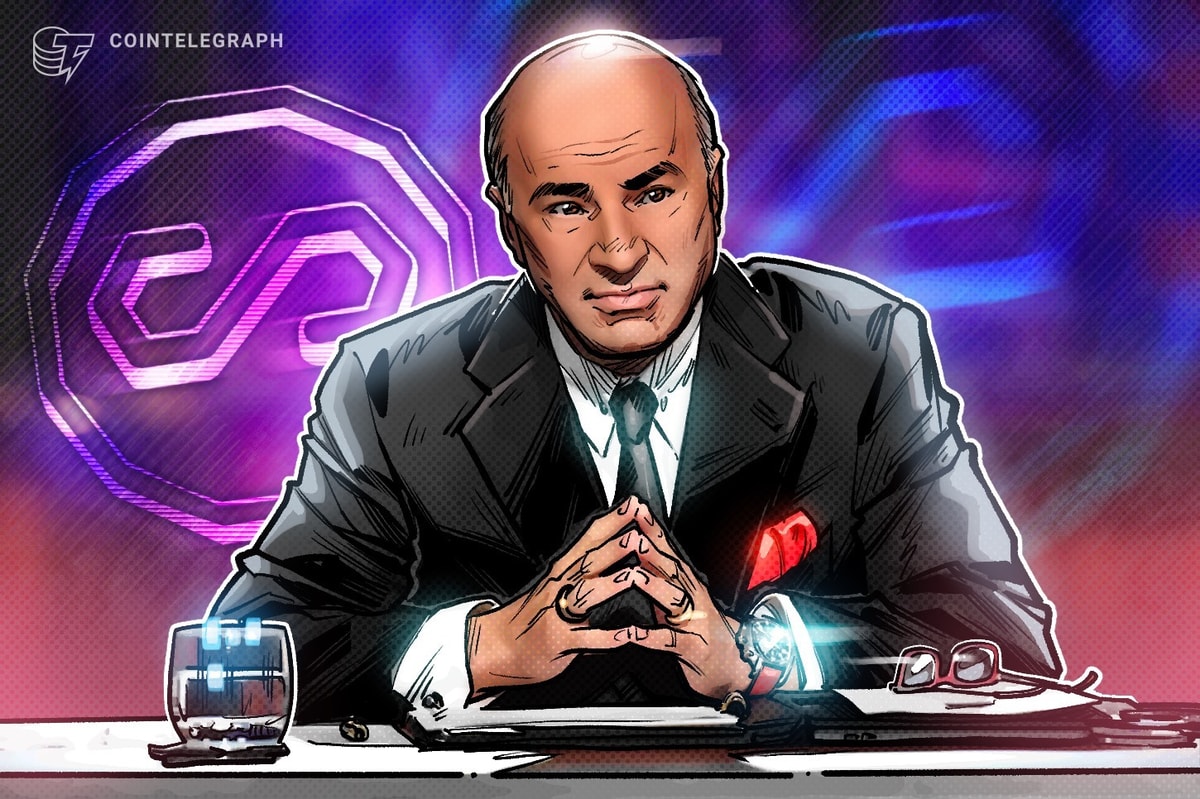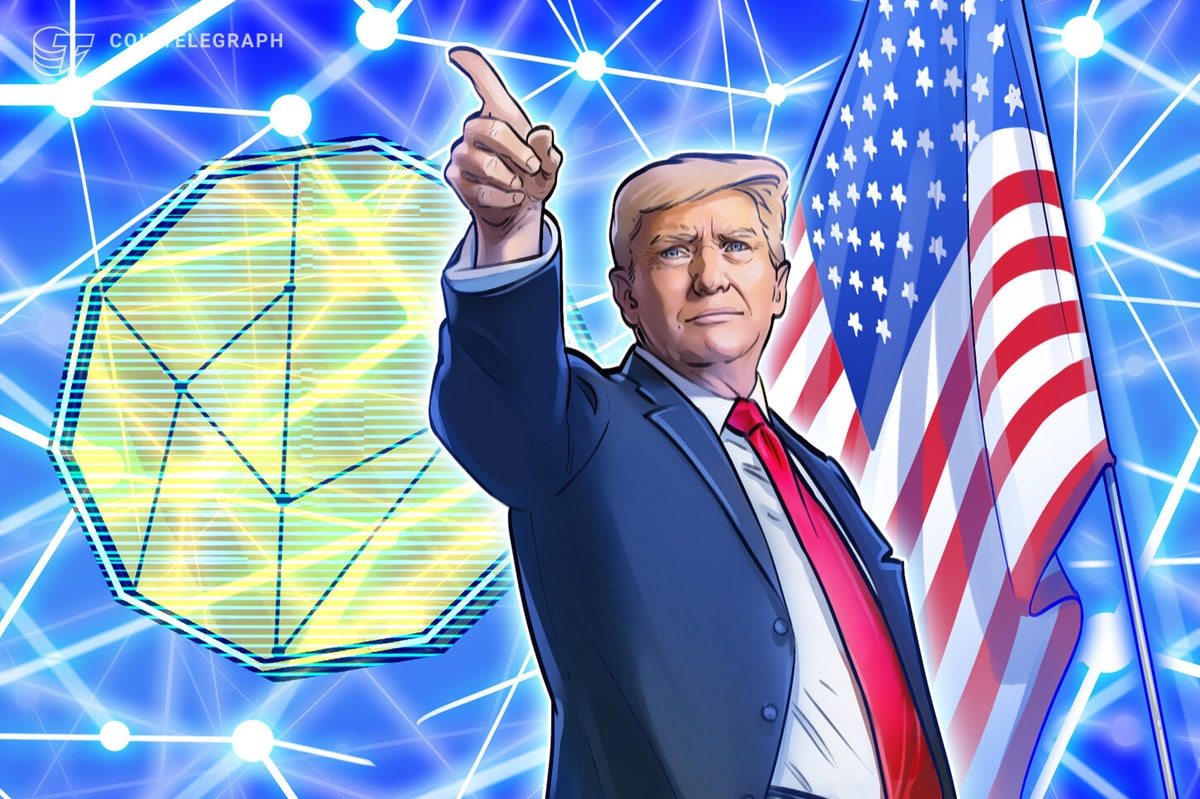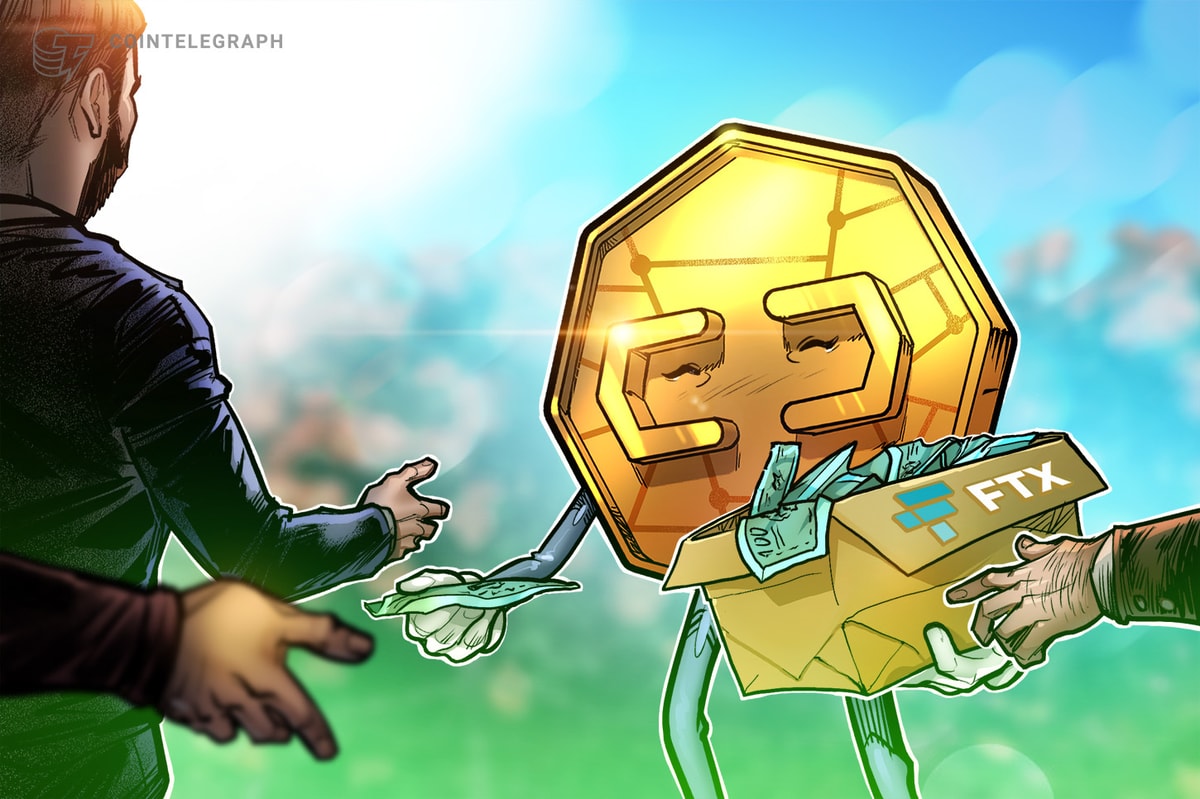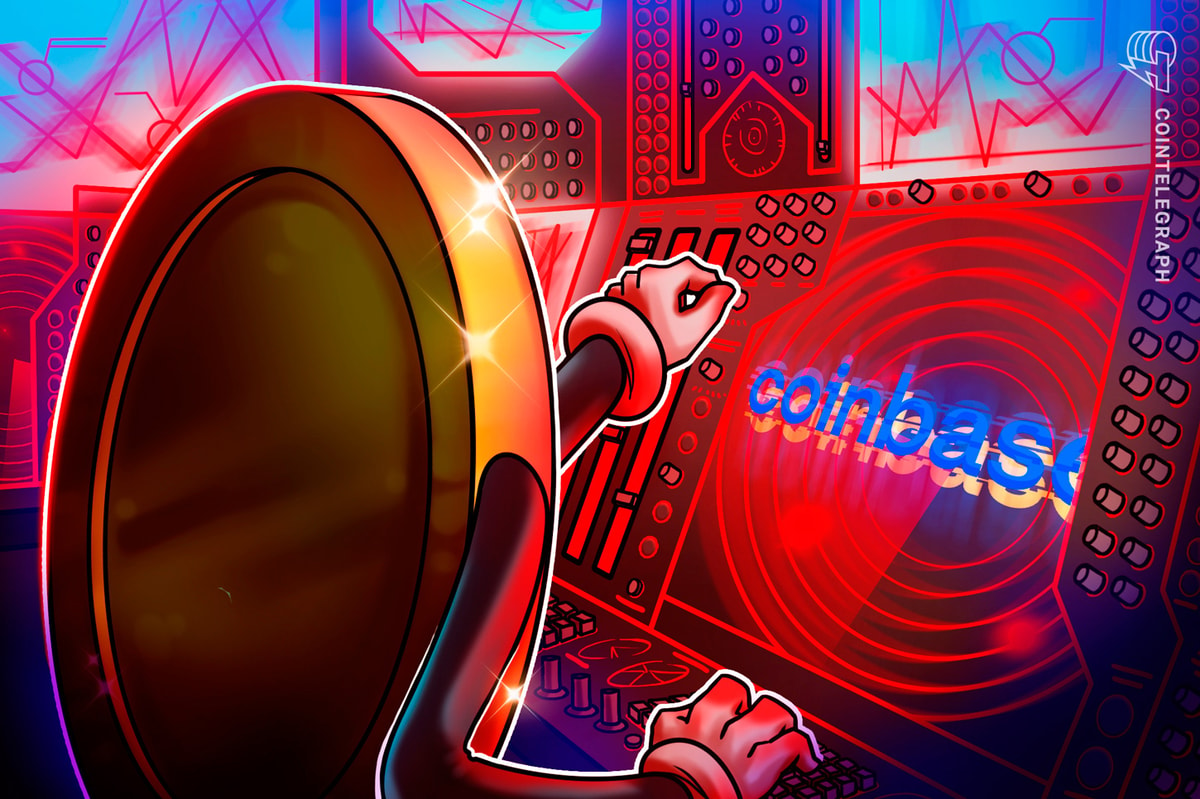
This is a guest post by Senthil Radhakrishnan, the
Vice President and Head of Capital Market Solutions Group at Virtusa. Senthil has 16+ years’ experience focused in capital markets technology with top tier Investment banks such as UBS, JPMC, Barclays, and others.
Blockchain (the technology that powers Bitcoin) is a magic box – a mix of innovations and the smart use of available solutions make it revolutionary. It’s not often that a technology paradigm has so many great ideas packaged into a small capsule. There is little wonder why all the top banks and investors are backing it with more than $750 million in funding.
Why all the hype around blockchain? Let’s take a look at some of the blockchain’s most extraordinary features.
Self-regulating platform
It’s not often that one comes across a system that can regulate itself with little or no human intervention. In any industry like finance, the central bank and a regulatory body (such as the SEC) lay down rules and provide governance. The blockchain eliminates the need for a corporation or government entity to regulate the operations of the system.
Blockchain has a provide proof-of-work concept, where peer computer nodes approve every transaction. The system has built-in checks and balances to ensure a set of colluding computers can’t game the system. All these checks and monitoring are done by computers. There are alternatives to proof-of-work, including other consensus models, but the central idea of peer-to-peer clients or nodes managing the system, remains. What’s more, the blockchain brings in an element of transparency, which reduces fraud as it’s visible to a large global community to monitor or govern it – “crowd sourced regulation.” Imagine the savings and efficiency this concept could usher in.
Legally sound and binding
The actors (users) and their actions (sending money or assets to somebody else) are recorded on the blockchain. Any disagreement between two counterparties can be traced and proved in a court of law. This is possible because all transactions have a public/private key cryptography aspect and the transactions, once added to the blockchain, are immutable. Any record, once added to the blockchain, is tamper-proof. The current holder of the asset or digital currency in the blockchain will have his or her public key in the block. The transaction then needs to be signed by the private key of the previous owner of the asset. The blockchain also allows alternative approval mechanisms, such as requiring two persons to sign-off on a transaction. In a system not backed by a corporate or government, a legally binding mechanism dramatically improves the trust factor.
Built-in business continuity
A global platform on which critical financial transactions take place cannot afford to shut down. The blockchain, being a peer-to-peer network, with many distributed nodes and supporting computer servers, is highly reliable. Every participating node has a copy of the entire blockchain ledger. This makes the whole network fault-tolerant because a couple of nodes failing will not hinder the operation of the rest of the network. This gives it 24/7 availability without using any complex technologies like a disaster recovery center or database redundancy.
Evolving model with no baggage
There are rules and criteria that exist to help determine who can approve transactions and what checks need to be made before the transaction is allowed to be added to the blockchain. The blockchain can fork into newer versions based on the changing environment and business demands. In tune with the overall Bitcoin philosophy, such changes will have to be adopted by all the users and would have to be equally beneficial. In addition, these enhancements don’t affect the transactions that already have occurred and been confirmed on the blockchain. This adds the extra element of robustness and flexibility.
Several comparisons have been made between the Internet and the blockchain in areas including potential growth and business prospects. Both systems have similar traits. The Internet has little or no central governance (except for a few guidelines to determine URL naming conventions and domain registration), it has redundancy and is fault-tolerant. The Internet also has evolved over many years, from basic text to rich graphics, videos and animations without affecting existing systems and content.
The blockchain has proved its capability and usefulness as demonstrated by the Bitcoin network. Lao Tzu a famous Chinese philosopher once said, “Do the difficult things while they are easy and do the great things while they are small. A journey of a thousand miles must begin with a single step.” This could be the tenet for all the early adopters of the blockchain.




